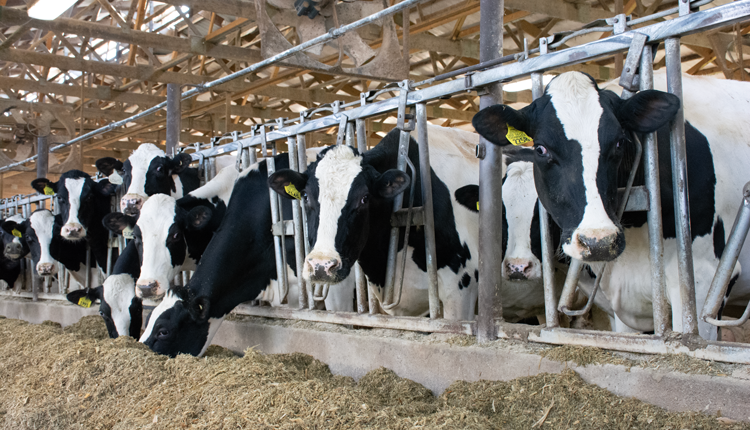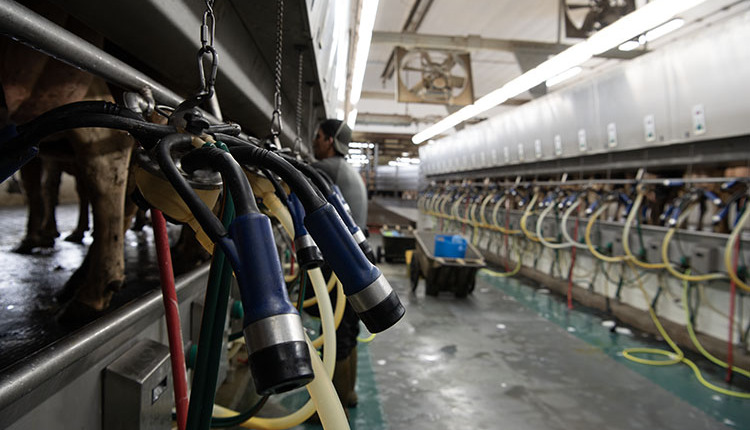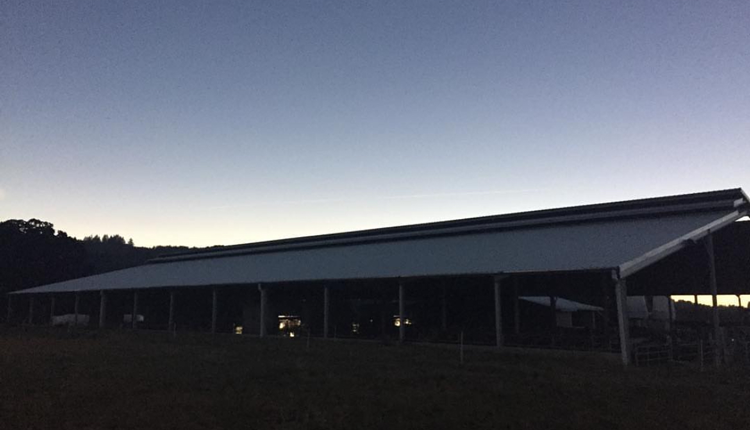It must be a busy week for dairy meetings. The editorial staff of Hoard's Dairyman is spread thin this week with one editor attending the International Dairy Foods Association meetings in Miami, Fla., two editors attending the National Mastitis Council meetings in Washington, D.C., and one editor splitting time between the Southern Dairy Conference in Atlanta, Ga., and the 10th annual Heart of America Grazing Conference in Louisville, Ky. But for this editor who went to Atlanta and Louisville, energetic attendance makes the trips well worth it - dairy farmers and industry members continue to be passionate about their livelihood.
One producer, David Sumrall, a Florida-based producer and partner in Dairy Production Systems dairies, took an opportunity at the Southern Dairy Conference to share what he believes are four myths of milk quality for southern producers. He began by saying "We love to make excuses, we love the credit when things go right, and hate the blame when things go wrong." Sumrall, of course, was referencing the south's well-known challenges with milk quality and high somatic cell counts. The following are what he believes are four common misconceptions of milk quality for southern producers.
Myth 1. The heat and humidity of the southern U.S. causes high SCC.
"Our weather is a vector, not a virus," he says. Sumrall confidently knows that somatic cells are a product of an intramammary infection, not warm weather. Simply put, he says regardless of your geography, "cows need a clean, dry, and cool place to lie down, and, if they can't find that, cows will find a nasty, wet, and cool place."
"Our weather is a vector, not a virus," he says. Sumrall confidently knows that somatic cells are a product of an intramammary infection, not warm weather. Simply put, he says regardless of your geography, "cows need a clean, dry, and cool place to lie down, and, if they can't find that, cows will find a nasty, wet, and cool place."
Myth 2. As days in milk go up, so does SCC.
"Neither cows nor somatic cells can count," Sumrall humorusly says. He does assert, though, that milk production will decrease as the lactation progresses, and, with the presence of an infection, that means dilution is less, so the SCC count will be higher. To prevent these persistent infections from taking hold of his herd, Sumrall says that they pay special attention to dry cows. "The dry cow is the most neglected cow in the dairy herd."
"Neither cows nor somatic cells can count," Sumrall humorusly says. He does assert, though, that milk production will decrease as the lactation progresses, and, with the presence of an infection, that means dilution is less, so the SCC count will be higher. To prevent these persistent infections from taking hold of his herd, Sumrall says that they pay special attention to dry cows. "The dry cow is the most neglected cow in the dairy herd."
Myth 3. The National Mastitis routine won't work in large, modern parlors like ours.
Sumrall believes, "We make things work that we want to make work," although he didn't always believe this. Ten years ago, he was a producer that believed NMC routines wouldn't work for his farm. Since then, he spent roughly 10 years on the National Mastitis Council board of directors and admits their farm's parlor routine is nearly exactly what NMC suggests. During this past decade, Sumrall went from a herd average SCC over 359,000 to what it is today - in the mid 100,000's.
Sumrall believes, "We make things work that we want to make work," although he didn't always believe this. Ten years ago, he was a producer that believed NMC routines wouldn't work for his farm. Since then, he spent roughly 10 years on the National Mastitis Council board of directors and admits their farm's parlor routine is nearly exactly what NMC suggests. During this past decade, Sumrall went from a herd average SCC over 359,000 to what it is today - in the mid 100,000's.
Myth 4. Water can wash away all your environmental woes.
Wash pens full of whirling, high-pressure sprinklers may be a common sight on farms with great water access but no longer at Dairy Production Systems. "We don't use a wash pen anymore," Sumrall says. He continues that there is no substitute for clean living environments for cows - milking or dry. "Our goal is to get a clean, dry cow in the parlor….we believe attention is better spent on preventing dirty cows than trying to clean them after the fact," he says. Compounded with this, "massive wash pens are not environmentally friendly," Sumrall says mentioning that water used in wash pens, combined with manure, considerably increases the amount of slurry you must handle. "Eliminating our wash pens has pretty much dried up our lagoons," he concludes.
Wash pens full of whirling, high-pressure sprinklers may be a common sight on farms with great water access but no longer at Dairy Production Systems. "We don't use a wash pen anymore," Sumrall says. He continues that there is no substitute for clean living environments for cows - milking or dry. "Our goal is to get a clean, dry cow in the parlor….we believe attention is better spent on preventing dirty cows than trying to clean them after the fact," he says. Compounded with this, "massive wash pens are not environmentally friendly," Sumrall says mentioning that water used in wash pens, combined with manure, considerably increases the amount of slurry you must handle. "Eliminating our wash pens has pretty much dried up our lagoons," he concludes.











